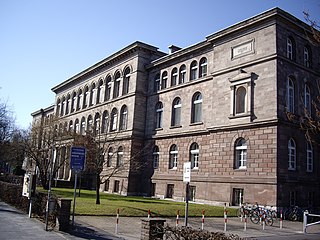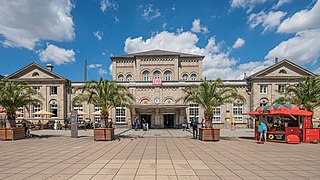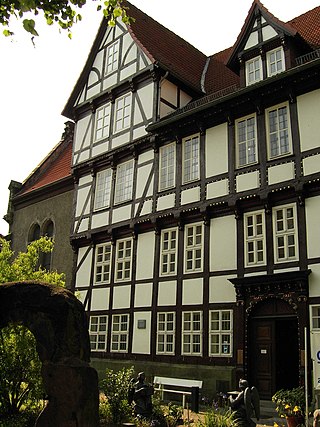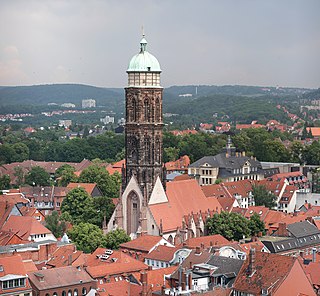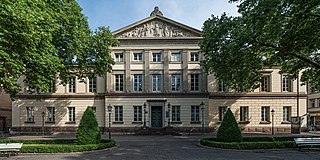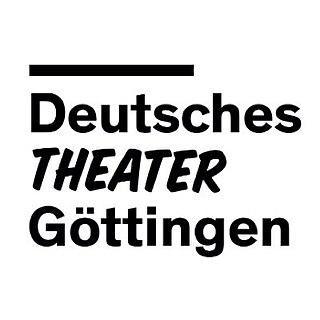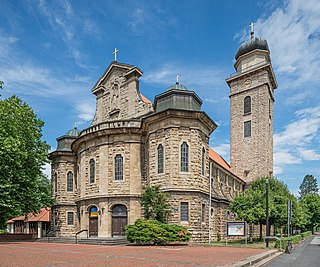Self-guided Sightseeing Tour #3 in Göttingen, Germany
Legend
Tour Facts
2.9 km
16 m
Experience Göttingen in Germany in a whole new way with our free self-guided sightseeing tour. This site not only offers you practical information and insider tips, but also a rich variety of activities and sights you shouldn't miss. Whether you love art and culture, want to explore historical sites or simply want to experience the vibrant atmosphere of a lively city - you'll find everything you need for your personal adventure here.
Individual Sights in GöttingenSight 1: Biodiversitätsmuseum
The Zoological Museum of the University of Göttingen was part of the University of Göttingen, which emerged from the Natural History Museum of the University of Göttingen and housed the publicly accessible part of an extensive research collection of taxidermy and skeletons. The museum was part of the Johann Friedrich Blumenbach Institute of Zoology and Anthropology. It was located in the former Zoological Institute of the University at Berliner Straße 28, near the Göttingen train station.
Sight 2: Bahnhof
Göttingen railway station, known in German as Bahnhof Göttingen, is an InterCityExpress stop on Germany's domestic long-distance rail network and the only passenger station of the city of Göttingen. Built in 1854 as the terminus of the Hanoverian Southern Railway, the station lies west of the medieval town centre. The station today has four platform islands each with two through tracks. In addition there is a through track for goods traffic between the station building and the platforms.
Sight 3: Städtisches Museum
The Städtisches Museum Göttingen is a collection of history and cultural history and, with around 150,000 objects, documents the cultural-historical development of the city of Göttingen in Lower Saxony and the surrounding area of Göttingen from the first settlement to the founding of the Georg-August-Universität to the present day.
Sight 4: St. James's Church
The Evangelical Lutheran parish church of St. Jacobi in the old town of Göttingen in Lower Saxony is a three-aisled Gothic hall church built between 1361 and 1433. The patron saint of the church is James the Elder. With a height of 72 metres, the tower of the church is the tallest building in Göttingen's old town. The Gothic winged altar from 1402, which is located in the choir of the church, is of supra-regional importance.
Sight 5: Universitätsaula
The auditorium of the Georg-August-University was inaugurated in 1837 on the occasion of the first centenary of the University of Göttingen as an auditorium in the classicist style, on behalf of King Wilhelm IV of Great Britain and Hanover on what was then Neuer Markt, today Wilhelmsplatz.
Sight 6: Deutsches Theater
Das Deutsche Theater (DT) ist ein 1890 eröffnetes Schauspielhaus in Göttingen und das größte Theater der Stadt. Sein früherer Name war Deutsches Theater in Göttingen.
Sight 7: St. Paul
St. Paul's is a neo-baroque Catholic parish church in Göttingen, Germany. It is located in the lower eastern quarter on Wilhelm-Weber-Straße. Her parish belongs to the Göttingen deanery of the Diocese of Hildesheim in Lower Saxony (Germany).
Share
How likely are you to recommend us?
Disclaimer Please be aware of your surroundings and do not enter private property. We are not liable for any damages that occur during the tours.
GPX-Download For navigation apps and GPS devices you can download the tour as a GPX file.
